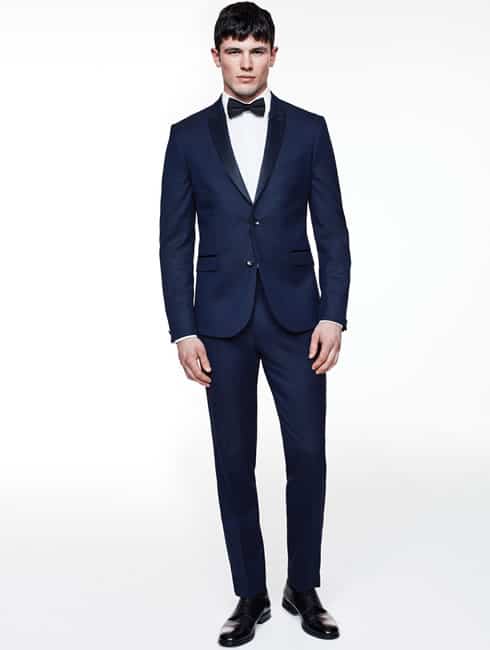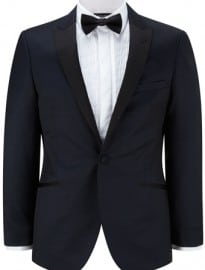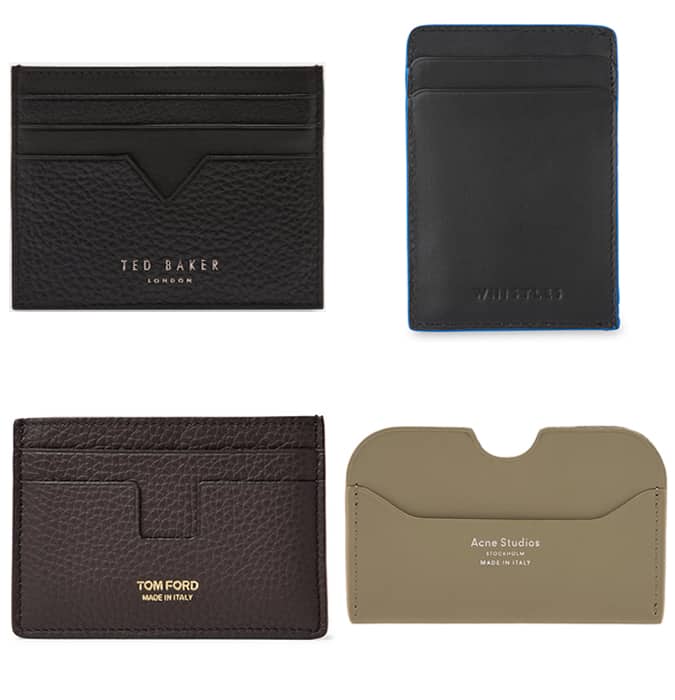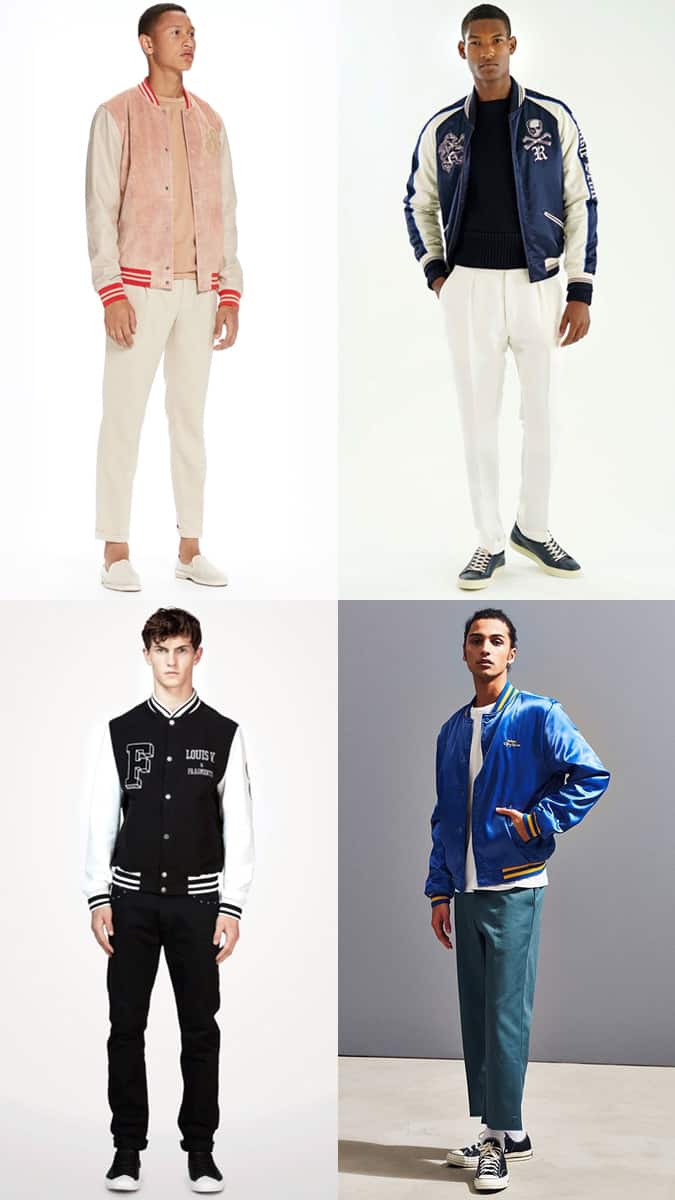The Lounge Suit Dress Code: A Complete Guide
There are some who’ve predicted the demise of the lounge suit and even those who say it’s already dead, but don’t get the menswear defibrillator just yet. This old-timer has a pulse. Its strength is its adaptability; the lounge suit is a constantly evolving menswear staple and should provide us with stylish formalwear options for some time yet. But how is this the case, and what exactly is it anyway?
Nowadays, the term ‘lounge suit’ is usually only seen on invitations, signalling a reasonably formal dress code – in plain English it translates as: a suit with a shirt and tie. However, this belies the real flexibility of the modern lounge suit. Depending on fabric choice, it can be at home in the boardroom, perhaps as a dapper grey flannel creation, or on the streets of a summer holiday destination in the guise of a cool tan linen suit.
This versatility has allowed the lounge suit to keep ticking over then, as Eric Musgrave, author of Sharp Suits, notes. “There will always be a significant number of men (and a few women) who choose to wear a tailored suit, who enjoy wearing a suit, and regard wearing a suit as an expression of their personalities. In his 1994 book The Englishman’s Suit, the Queen’s Savile Row couturier Hardy Amies wrote: ‘Men wear a suit because it’s the gear of the gentleman the world over’.”
It can’t be denied that the popularity of the common suit as we know it is dwindling, but it will never truly die – not according to these style dignitaries – down to its adaptability, lasting appeal and the simple fact that people still enjoy wearing them.
The lounge suit represents an expression of style, a preserver of standards and is still often seen as a sign of a gentleman. However, to avoid perishing it has become more suited to a casual look in line with wider men’s fashion trends, and is carving a fresh future for itself – as you’ll see in our comprehensive guide to the lounge suit below.






















